As footfall shows little signs of improving this year and ecommerce sales growth slows, retailers are turning to advanced technologies such as augmented reality (AR) to improve their offering to consumers
Big global brands are now incorporating AR into retail. Ikea recently worked with Meta and Warpin to create a virtual underwater experience for customers, while cosmetic brands such as MAC were early adopters of the technology, both in store and online.
Fashion and sportswear companies are also venturing into this territory as they try to navigate a post-pandemic world and build on their online and in-store propositions.
But how is AR being used to increase engagement and brand awareness, and drive sales across retail?
Try before you buy
At the end of 2022, The Very Group rolled out AR for customers shopping on its app as a way to test beauty products virtually.

Using ModiFace technology, its customers can virtually try on 24 lip products by L’Oréal, Maybelline and NYX as well as experimenting with Benefit Brow Try On technology to trial various shapes and styles while receiving personalised recommendations.
The Very Group digital customer experience director Paul Hornby says customers are looking for a “store-like digital experience” within beauty, especially since online engagement increased during the pandemic.
“This virtual try-on technology is a quick and convenient way of giving customers confidence that non-refundable products like lipsticks are right for them and can further improve their shopping experience with us,” he says.
“We’ve seen high customer engagement in virtual makeup try-on since we launched the features for some lipstick and brow products.
“We plan to expand these features across hair colour and nail items over the coming year.”
Hornby says this technology can be expanded to increase “size and fit confidence in fashion”. The retailer is also looking to use AR in its homewares category so customers can test how products will look in their own spaces.
Consumer needs are constantly evolving and the idea of virtually testing out makeup, hair products, furniture and clothes prior to purchasing products is something many retailers will want to experiment with.
AR offers wide-ranging benefits to both consumers and retailers, as Hornby explains: “We’re a multi-category pureplay, so distinctive experiences that meet customers’ growing expectations are valuable.
“AR technology has the potential to help us create more of these unique experiences while reducing returns and driving conversion.”
Support from Snapchat
Other retailers are sampling AR without fully implementing it as they look for new ways to elevate their offerings in store.
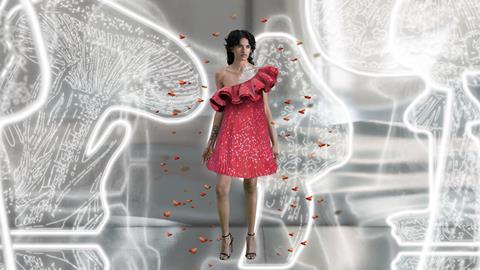
One example is JD Sports, which teamed up with tech firm Snap to turn its Oxford Street storefront into a free AR arcade game over Christmas to help bring its TV ad campaign to life.
Snap has been a driving force behind the use of AR. Its instant messaging app, Snapchat, provides “filters” that allow users to try out different AR images on themselves.
Snap UK head of retail Ruth Arber is excited to see the diversity of brands experimenting with AR, which include Gucci and Puma, and says the tech is only going to “keep growing and evolving”.
“We’re now able to use AR outside of Snapchat. H&M did a recent campaign with us where they built clothing, took our AR technology from the camera and plugged it into the H&M app.
“Our camera kit, software development kit and product code enables consumers to use the Snapchat camera on a brand’s website or app, making it accessible to almost anyone.”
Arber says “the potential is huge for retailers” and consumers are becoming more knowledgeable about AR capabilities.
This is backed up by Ipsos research, which reveals that more than half of people in the UK said shopping is their main reason for using AR.
Retail benefits
As well as increasing opportunities for engagement with customers and driving brand awareness, Arber says Snap’s research has revealed other AR capabilities in retail.
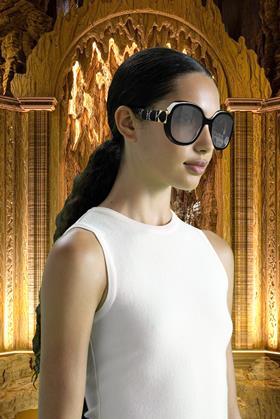
“Our research shows it has huge potential to help tackle the issue of returns, which is a huge pain point for consumers and retailers, as 66% of shoppers who use AR are less likely to return their purchase,” she says.
“Eighty percent also said they feel more confident in their purchase as a result of AR.”
As AR enables consumers to try out numerous products prior to ordering, it could also help retailers cut costs on deliveries, meaning consumers would not be charged for returns – a pressing issue as retailers increasingly add a small fee for them.
The technology could also help from a sustainability perspective, with virtual try-on reducing the footprint of delivering items to people at home. And, of course, fewer returns mean a boost in sales for retailers.
“All the AR experiences we build on Snapchat are shoppable, so they have buttons you can tap through and product cards that take you through to the product page, and we can track sales off the back of it,” says Arber.
“A lot of brands are using AR to drive sales and we’re seeing great results. It’s a different experience – it’s not like a video or image. It’s an immersive experience.”
With numerous benefits to brands, various use cases and a surge in consumer interest, AR appears to be a growing trend among retailers, which will likely continue to expand on a global scale.
- Get the latest tech news and analysis straight to your inbox – sign up for our weekly newsletter




















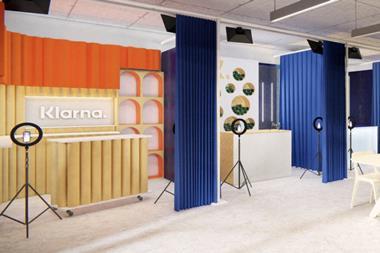
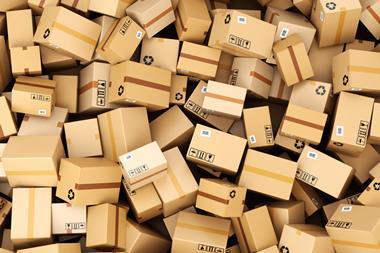


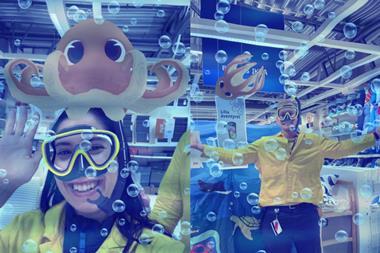
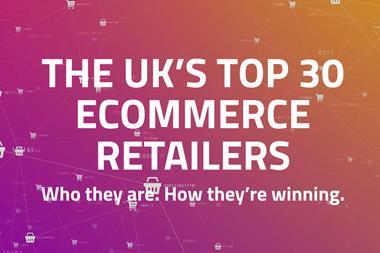
2 Readers' comments